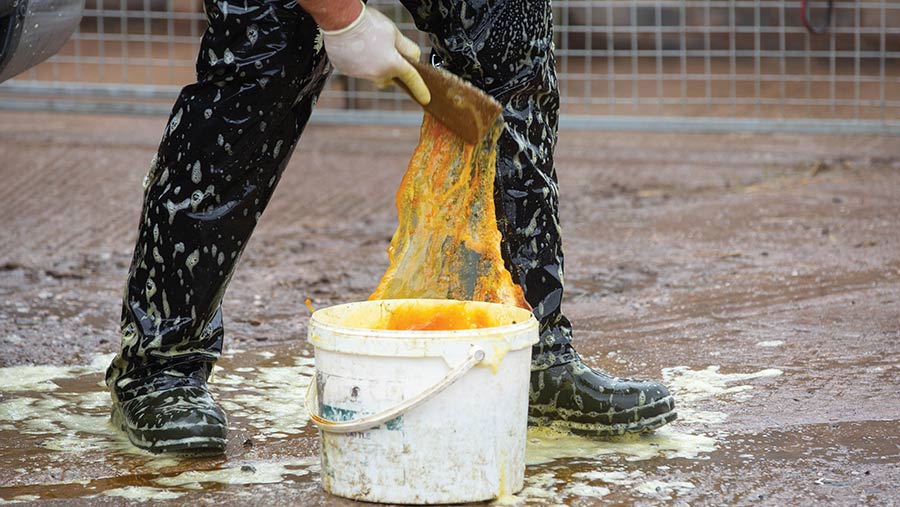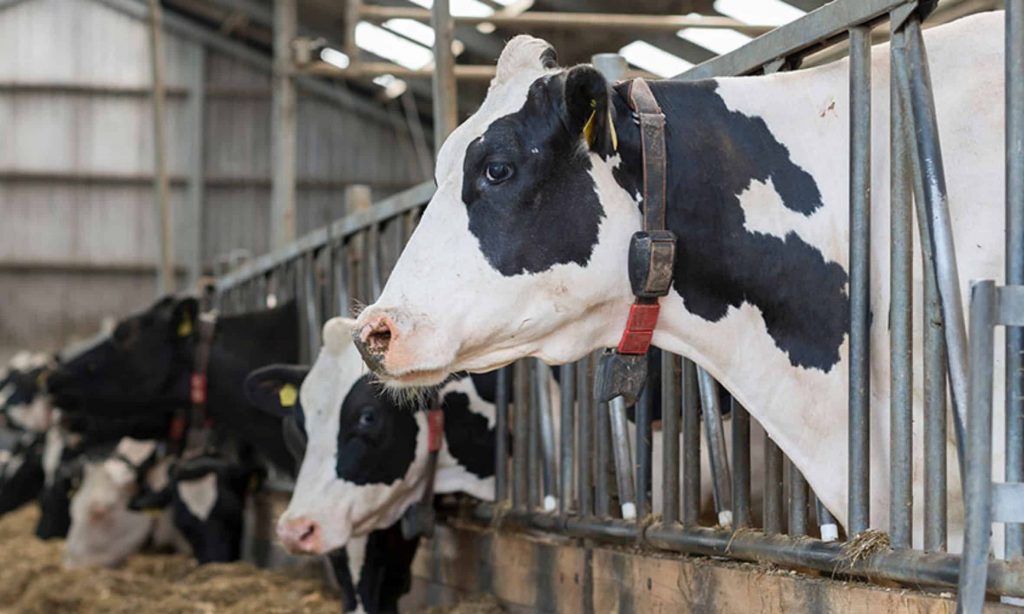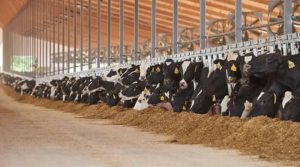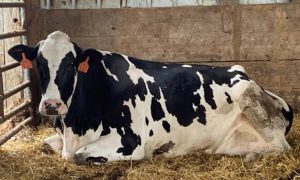
Dubbed the “subtle disease”, it is now thought to be behind underlying fertility problems in many herds.
Furthermore, because it is zoonotic, it was designated a reportable disease – not a notifiable one – in 2021, which makes it a challenge for anyone working in an infected herd.
It is creating problems without being obvious, according to Ceva Animal Health vet Renzo Di Florio.
“You won’t see an abortion storm in cows, but unexplained abortion at any stage of pregnancy, pregnancy loss, weak or premature calves, metritis, retained placenta,” he says.
“Heifers, on the other hand, are naive and are likely to struggle when they join the herd and become infected. One case in Scotland, where heifers were reared off farm until calving, reported an abortion storm.”
In 257 tests, to September 2023, Ceva discovered 50% of sampled herds were positive for Q fever.
An AHDB-funded study of infectious diseases in 2017 found antibodies for the disease in 79.8% of bulk milk samples, so vets think it has been circulating for many years, says Renzo.
“In France, Q fever is the second cause of abortion, at 10.2%, compared with neospora at 17.4% and BVD [bovine viral diarrhoea] at 6.7%. And 80% of [French] vets have antibodies, which means it is a risk to farmers, vets, technicians and staff.”
Q fever
- First identified in Australia in 1935
- Bacterium: Coxiella burnetii
- Found in cattle, dogs, cats, goats, sheep and ticks
- Thought to be underdiagnosed in sheep
- Zoonotic – affects humans with flu-like symptoms
- Survives for 24 months in faeces
- Can survive two years at -20C
- Killed in milk by pasteurisation
- Lives for up to 20 months in tick faeces
- Environmental disease
- Very resistant to common disinfectants
- One cattle vaccine on the market; no human vaccines
- Treated using antibiotic doxycycline
In one 2012 study, cattle with Q fever were two-and-a-half times more likely to abort.
In UK herds with evidence of bacterial infection, cows are one-and-a-half times more likely to have retained foetal membranes (RFM) after exposure and two-and-a-half times more likely to have a high incidence of metritis and clinical endometritis.

Warning signs
“Triggers to investigate are more RFM, pyometra, increased abortions, stillbirths and weak calves.
Q fever should be part of an infectious diseases health plan and any abortion sample investigation, whether it is cattle, sheep or goat.
The challenge is that losses such as stillbirths and reabsorptions are not properly recorded,” he says.
The bacterium is found in foetal membranes and fluids, placenta and aborted foetuses, so it is very important for zoonosis.
“Cows can shed [the bacteria] through lactation via the vagina mucus, milk and faeces, and apparently healthy-looking animals can shed and also be sero-negative,” he adds.
“A cow shedding at calving can release up to 10bn bacteria. But it is poorly understood why some cows shed and others don’t. We need to understand the disease and look for it.”
Infection routes
The main route of infection in both animals and humans is through inhaling contaminated air particles.
There is a low risk of transmission via milk, while infection is also possible through a vector (ticks) and the venereal route in livestock.
The dose to infect a human is fewer than 10 bacteria, and 40% of people get an acute infection with flu-like symptoms.
About 4% ended up being hospitalised with lung disease, hepatitis, or meningitis; chronic fatigue syndrome can follow.
Control
Once confirmed in a herd, control centres on vaccination, hygiene at calving and biosecurity, says Renzo.
“[Maintain] spotless calving pens. Anyone working with the cows should use protective gloves, sleeves and a face mask. Pick up loose materials in the parlour before pressure washing and opt for a low-pressure washing system to reduce the spread of particles.”
He adds that muck from infected farms should not be spread when it is windy: the bacterium can fly 11 miles on a windy day.
And all placenta and aborted foetuses must be collected, stored and destroyed.
Vaccination will protect non-infected cows and heifers by increasing their immunity – only treating heifers takes longer to clear the herd of infection. However, Renzo says that the effects might not be seen for 3-5 years.
A Spanish study showed vaccination gave an improvement in first service with a conception rate of 41.9%, compared with 30.1% in unvaccinated cows.
The number of days open was also lower in protected stock, at 92, whereas unprotected cows had 106 days open, he adds.





















